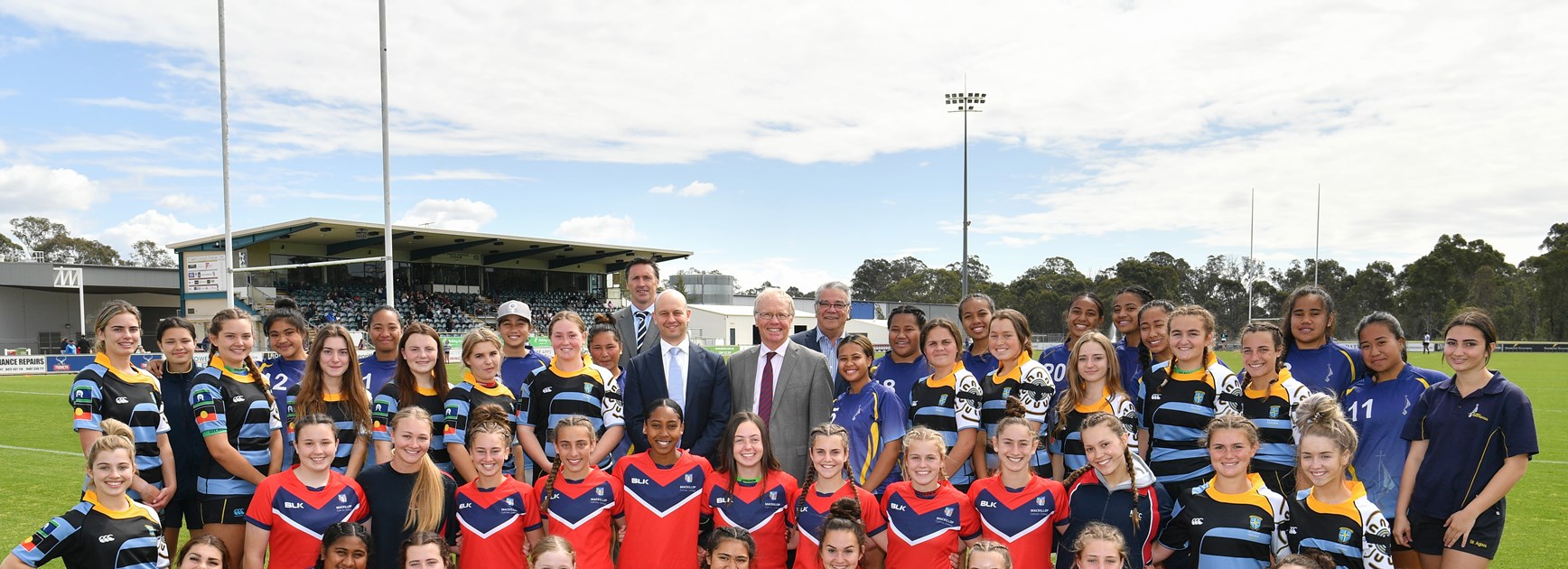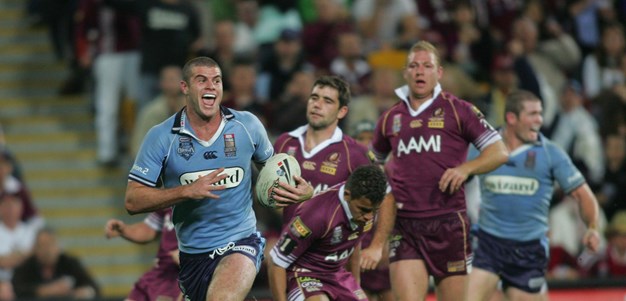
For the first time, Rugby League participation across New South Wales has exceeded 100,000 with increased numbers of men, women, boys and girls playing the game in the city and country according to figures released today for the 2018 season.
The NSW Rugby League's total of 41,753 participants - an increase for the first time in five years (up 5.54 per cent from 39,560) – along with the Country Rugby League's total of 59,405, takes the combined total of participants across the state to 101,158. (Key NSWRL statistics are below; click here for CRL statistics).
Of those, 16,337 are females, representing the largest growth area of the game, which is also reflected in events such as the State Female Finals Day for schoolgirls aged from under 12 to under 18 being staged for the second year at St Marys Stadium today (Thursday 20 September).
In NSWRL competitions, female participation mirrors the national trend, with an increase of 50.26 percent (up from 3032 in 2017 to 4556 in 2018). That figure represents 70 per cent of overall growth in NSWRL numbers in the past 12 months.
Other key NSWRL participation statistics include:
- Retention rate of 70.6 per cent, which is above the national average (68.3)
- Biggest growth area, 10-12 years girls – increase 87.34 per cent (755 up from 403)
- Total participants seven years and under – increase 8.09 per cent (6775 up from 6268)
- Registered volunteers – increase 13.5 per cent (9187 up from 8091)
- Registered coaches – increase 18 per cent (3581 up from 3103)
- Growth in Sydney's west – Western Suburbs District (13 per cent), Penrith (4.5 per cent) and Parramatta (3.25 per cent) - and south -Cronulla District (12.75 per cent).
NSWRL Head of Football Barrie-Jon Mather said he was thrilled more people are playing Rugby League but even more excited about the significantly improved retention rate of 70.6 per cent, which is up from 65 per cent and better than the national average
He said this underlined the success of the organisation's strategy to employ seven district Club Competitions Coordinators (CCCs) last year.
"It's great to see children wanting to come back and play footy," Mather said. "It shows the quality of the environment they are playing in.
"One of the key roles of our CCCs was to work with the junior clubs within each Sydney district to help some of our most valued stakeholders – Junior League volunteers – to help create positive environments for all participants.
"One of the things they did at the start of this season was to have face-to-face meetings with almost 3000 Junior Rugby League officials across 11 Sydney districts to provide them with information about competition guidelines, our programs and resources."
Mather said the investment is paying dividends, with the extra resourcing also resulting in an increased number of alternate formats of the game being offered to specific age groups and cultural groups.
The most significant increase is in girls aged 10-12 years (87.34 per cent increase) as a result of the creation of all-girls competitions for pre-teens.
The number of males playing is stable, with an increase of almost 2 per cent, with the biggest rises in boys aged seven and under, and men 19 years and over (largely contributed to the return of the under 20s competition to NSWRL).
The biggest growth area in NSWRL is in Sydney's west, with Western Suburbs district (13 per cent), Penrith (4.5 per cent) and Parramatta (3.25 per cent) all recording increases; while strong growth of 12.75 per cent was also registered in the Cronulla district.
The only area that did not experience growth was males aged 13-18 years which is consistent with national figures for many sports.
"To address the decline we will be introducing alternate formats of the game as part of in-season offerings in 2019," Mather said.




